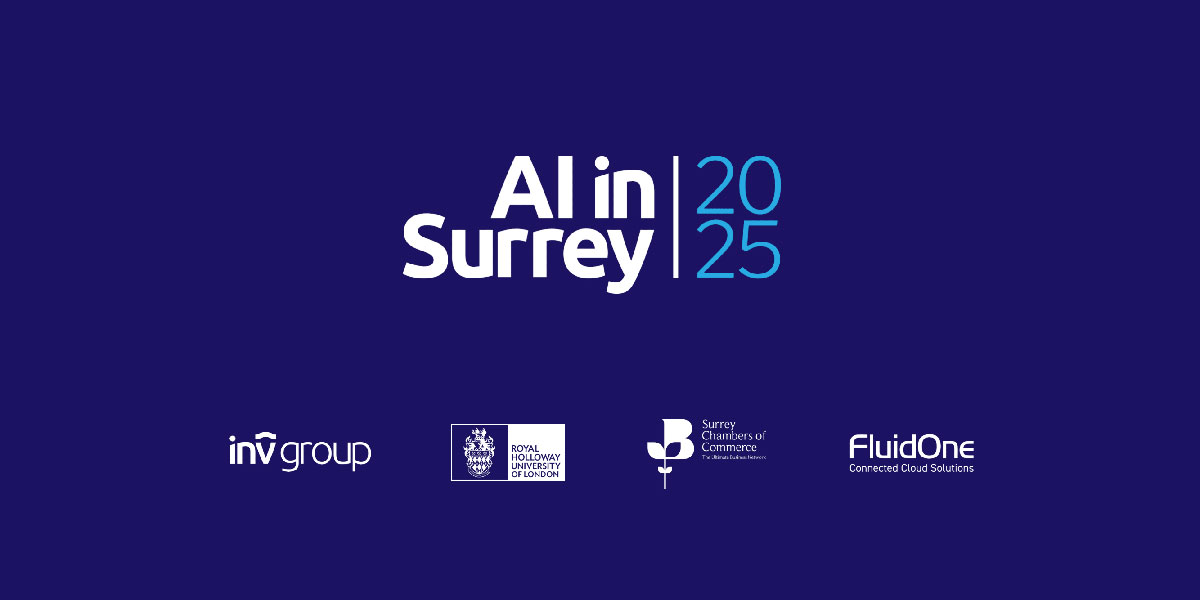A couple of weeks ago my 16 year old son was given an Apple Watch by his uncle as a present. He was excited to open the box. Three days later he handed it back to me with a puzzled look on his face, saying “Dad….what’s it for?”. He really couldn’t understand it. He uses his iPhone all the time. It’s comfortable, familiar, and easy to use. Strapping something to his wrist that did the same things….badly….did not make any sense to him.
It is estimated that there were close to 200 million wearable devices shipped in 2018. With a market growing steadily (if not rapidly). The challenge is not just about selling them, it is getting people to use them. Abandonment rates are high, underscored by many factors. Particularly for high-priced smartwatches, many seem to be struggling with the same question of “what’s it for?”.
Perhaps the best answer right now lies I health and fitness. It is here where wearables offer an opportunity to bring value to the consumer, and ties together stakeholders in a supply chain around a common purpose. A couple of interesting examples illustrate the potential:
For cyclists and runners, logging their activity to monitor improvement is a key part of the experience. The market leader, Strava is quite widely used. It has excellent features for tracking, analyzing, and sharing information for individuals and groups, and for occasional use to hardcore athletes.
In health insurance, companies see wearables as a way to understand clients ‘ behaviour, personalize coverage plans, and encourage healthy lifestyles to drive down premiums. Companies such as Vitality in the UK, and Oscar in the US are market leaders here. With Vitality, for example, you are given huge reductions in the cost of an Apple Watch provided you maintain certain levels of activity.
The focus for wearables seems to be shifting away from fitness toward broader health and wellness areas. The latest addition to this is the growing capability of wearables to deliver accurate ECG data. Several wearable devices are now capable of ECG monitoring in real-time. The latest addition is the availability of ECG monitoring with the Apple Watch (currently in the US-only). Only one day after Apple updated its Apple watch firmware to include ECG, there are stories of it saving lives.
For success, the two practical challenges blocking progress are data privacy and data quality. Streaming continuous data from wearables strapped to the body requires much better systems for data capture, storing, and transmission than we see today. Our experiments in research projects have highlighted how difficult it can be to get people to sign up to provide data, to receive accurate continuous data streams from current generation wearable devices, and to make use of that data in secure, ethical ways to drive insights and value. It’s a challenge many are facing.
Lots more still to be learned in this area. But progress is being made. So rather than finding the “killer app” for wearables, perhaps we can say that we’re getting closer to finding the “living app” for wearables!





